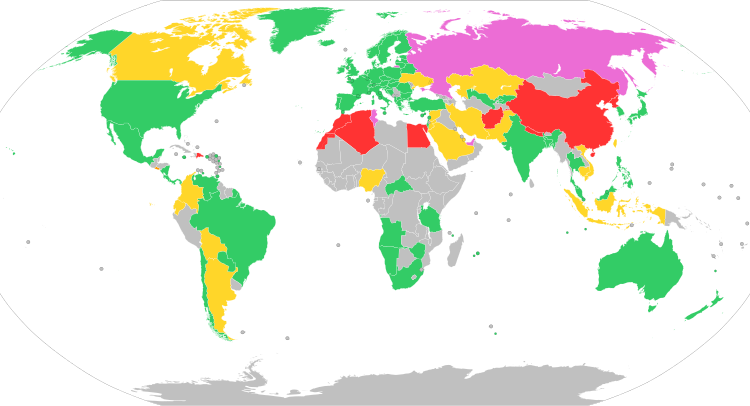Brace for a decade of average returns as the Fed navigates economic uncertainties.
- Long-term stock market returns are expected to be modest, averaging around 5.7% over the next decade.
- The S&P 500 has returned nearly 13% annually over the past decade, but this trend is unlikely to continue.
- The Federal Reserve is expected to announce a potential half-point rate cut, the first since March 2020.
- Despite rising rates, the S&P 500 has gained nearly 35% since the Fed began raising rates in March 2022.
- Current stock valuations are high, with the S&P 500 trading at 23.7 times trailing earnings, above the historical average of 19 times.
- Investors are advised to adopt a ‘tactical sloth’ approach, focusing on low-cost index funds and minimal trading.
- BofA recommends investing in defensive sectors and high free cash flow stocks for tactical investors.
The stock market is facing a period of modest returns, with predictions suggesting an average of just 5.7% over the next decade, regardless of the Federal Reserve’s actions. Investors have enjoyed a remarkable decade, with the S&P 500 averaging nearly 13% annually, but this trend is unlikely to persist. As the Fed prepares to announce a potential half-point rate cut, the first since March 2020, the implications for the stock market remain uncertain. While the S&P 500 has surged nearly 35% since the Fed began raising rates in March 2022, driven by companies like Nvidia, the current high valuations pose a challenge. The S&P 500 is trading at 23.7 times trailing earnings, significantly above the historical average of 19 times. This suggests that long-term returns may be constrained. Investors are encouraged to adopt a ‘tactical sloth’ strategy, focusing on low-cost index funds and minimizing trading activity. For those looking to be more tactical, BofA suggests overweighting defensive sectors and stocks with high free cash flow. Overall, while the immediate future may seem uncertain, a long-term perspective indicates that patience and strategic investing could yield better outcomes.·
Factuality Level: 6
Factuality Justification: The article provides a mix of factual information and personal opinion, particularly in its investment strategies and forecasts. While it references credible sources like J.P. Morgan and BofA Securities, it also includes subjective views on market conditions and investment approaches that may not be universally accepted. The article lacks significant misleading information but does present some speculative elements that could confuse readers.·
Noise Level: 7
Noise Justification: The article provides a thoughtful analysis of stock market trends and the impact of Federal Reserve policies, supported by data and forecasts. It discusses long-term investment strategies and the implications of economic conditions on market performance. However, it occasionally veers into less relevant historical context and could benefit from a more focused approach on actionable insights.·
Public Companies: J.P. Morgan (JPM), BofA Securities (BAC), Nvidia (NVDA), Super Micro Computer (SMCI), Pacer U.S. Cash Cows 100 ETF (COWS), Janus Henderson AAA CLO ETF (JAAA)
Key People:
Financial Relevance: Yes
Financial Markets Impacted: Stock market, bonds, Fed-funds rate, inflation, job growth
Financial Rating Justification: The article discusses the potential impact of the Federal Reserve’s interest rate decisions on financial markets, including stock market returns, bond yields, and inflation. It also mentions the S&P 500’s valuation and suggests investment strategies for investors.
Presence Of Extreme Event: No
Nature Of Extreme Event: No
Impact Rating Of The Extreme Event: No
Extreme Rating Justification: The article discusses economic forecasts and stock market trends but does not mention any extreme event that occurred in the last 48 hours.·
Move Size: No market move size mentioned.
Sector: Technology
Direction: Down
Magnitude: Medium
Affected Instruments: Stocks
 www.barrons.com
www.barrons.com 




